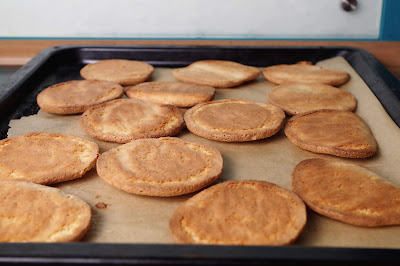 Cod liver oil
Cod liver oil
In Icelandic, cod liver oil is called Lýsi, the most common is Þorskalýsi, i.e. cod liver oil, which is made from cod livers. Cod liver oil is also obtained from the liver of other types of fish, such as pollack or shark; whales and seals were also used on Iceland in the past.
Cod liver oil is high in vitamin A, vitamin D and omega-3 fatty acids, especially EPA and DHA.
Vitamin D is a fat-soluble vitamin that is produced by the body under the influence of sufficient sunlight. Without sufficient sunlight, the body cannot produce vitamin D. If the vitamin D level in the body is too low, it can manifest itself in skin problems, bleeding gums, an increased susceptibility to infections or particular night blindness, but can also lead to more brittle bones or ultimately lead to rickets. Vitamin D deficiency can lead to lifelong complications, especially in children.
The omega-3 fatty acid EPA is said to be anti-inflammatory and promote metabolism, have a particularly mood-enhancing effect and have a beneficial effect on depression or anxiety disorders. The fatty acid DHA is particularly important during pregnancy because it is said to have a positive effect on the development of the eye and brain functions of the fetus, but sperm quality is also said to be improved by taking DHA. These fatty acids occur naturally in fatty sea fish such as salmon or cod.
In a northern country like Iceland, where it is very dark for a long time in winter, the body simply has no chance of producing anywhere near the vitamin D it needs during this time, and the supply of polyunsaturated fatty acids is often not sufficient - So additional intake is necessary here.
 |
| Lýsi factory in the Grandi waterfront district of Reykjavík |
It is said that the Vikings already knew the health-promoting effects of cod liver oil, and today you can still find cod liver oil in many Icelandic refrigerators, but also on the breakfast buffet in Icelandic hotels or guesthouses.
The Icelandic company Lýsi, founded in 1938 and based in Reykjavík, is now a leader in the production and sale of cod liver oil in Iceland. They offer cod liver oil in bottles, either classic or with lemon flavor or lemon and mint, but also in a special version that is said to be adapted to the needs of children. If you want, you can now also take your cod liver oil in capsule form - definitely not a bad idea purely for taste reasons!
(Incidentally, you should not heat the cod liver oil, otherwise the unacidified fatty acids will be destroyed.)
I gave my sister a bottle of lemon-flavored “Lýsi” for Christmas. She was slightly surprised, but tried it faithfully and came to the conclusion: "It tastes slightly lemony, is otherwise quite neutral in taste and has a very oily finish!"
We brought the classic version "Lýsi" from Iceland to do something about vitamin D deficiency in winter. It smells massively fishy when you open the bottle, and the fishy taste of the cod liver oil is overwhelming. Others say it takes some getting used to. Well, I hope I'm still getting used to it, I have to use up the opened bottle in the fridge now! On the other hand - since I started taking vitamin D in the winter, my skin problems on my hands have actually disappeared, otherwise I would immediately have cracked, bloody cracks on my knuckles in the winter. So I'm thrilled with the effect - just the taste... well.
With that in mind - bon appetit and good health!
[Translated from here.]





























































